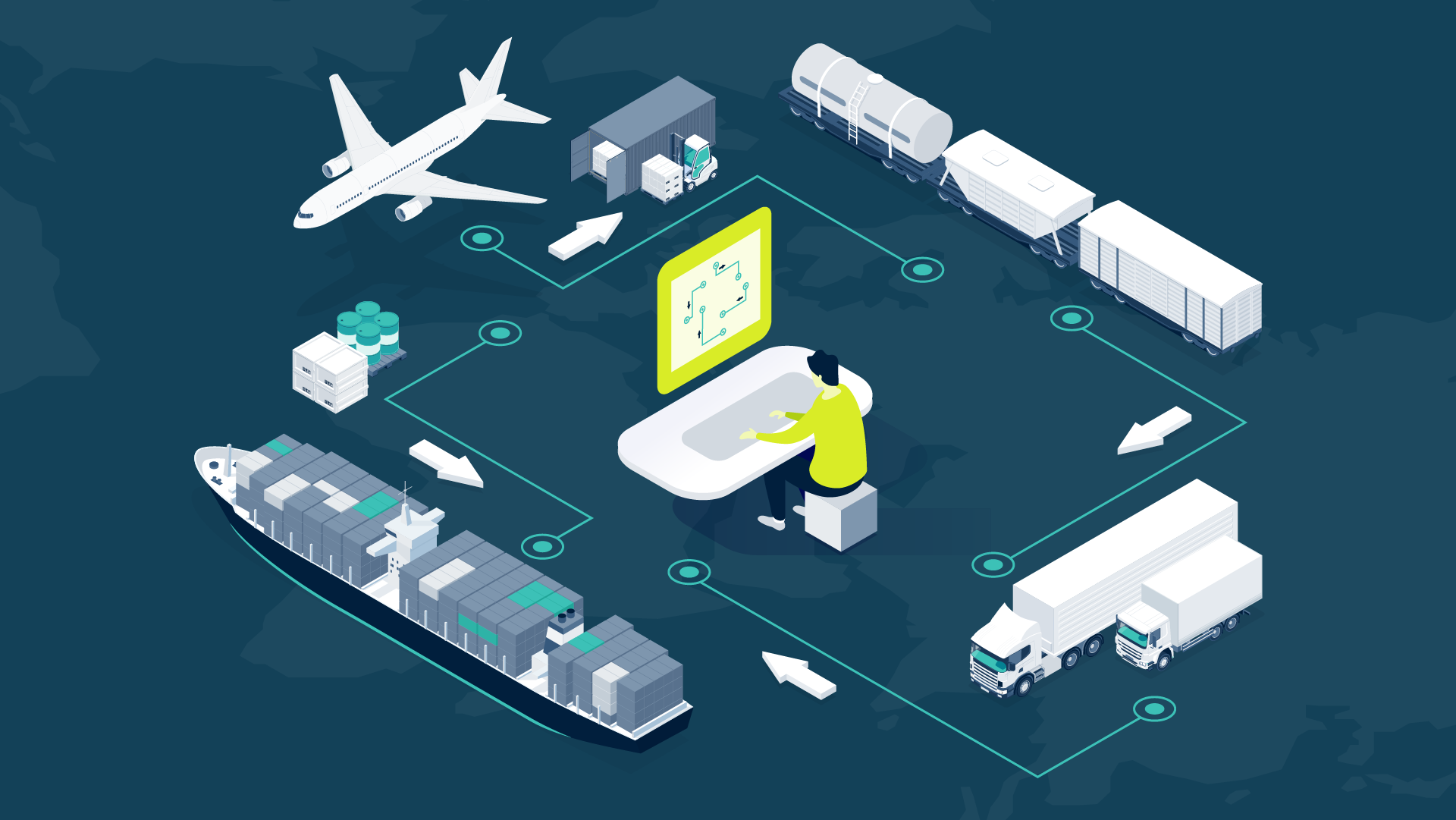
Stricter regulatory standards
Recognizing these vulnerabilities, regulatory bodies have responded by introducing stringent requirements. For example, the EU’s Digital Operational Resilience Act (DORA) mandates that financial institutions and service providers operating within the EU meet strict resilience standards by January 2025. Other jurisdictions have introduced similar frameworks, urging businesses to implement robust risk management systems, ensure continuity in critical functions, manage ICT risks, and conduct resilience testing.
The challenges organizations face
Compliance with these regulatory requirements comes with several hurdles:
- Inadequate documentation: Many businesses struggle to fully document their IT infrastructure and operational processes.
- Breaking down silos: Operational resilience is no longer just the responsibility of IT or risk management teams. Regulators are pushing for a company-wide approach, requiring active involvement from leadership across the entire organization.
- Data complexity: With risks emerging from both internal systems and third parties, organizations must integrate a wide array of data into a unified framework—a daunting task for many.
How process management offers a solution
Building a process inventory
Unifying operational data
How ARIS supports operational resilience
ARIS offers a world-class platform that supports this approach, offering robust tools for managing the complexity of operational processes. ARIS excels in operational resilience by providing:
- Process modeling: A comprehensive, well-structured taxonomy that offers stakeholders a clear view of how processes function.
- Data integration: Libraries that connect key operational data, such as IT systems and third-party vendors, with the processes they support.
- Impact analysis: The ability to visualize the relationships between resources and processes, giving IT and risk teams the insights they need to prioritize controls.
- Process mining: Real-time insights into process performance, revealing discrepancies between how processes should function and how they are executed in reality.
- Governance: Workflow and governance features that ensure the process inventory remains up-to-date and accurate.
Improving collaboration across functions
With this model in place, collaboration across functions can become seamless:
- Business leaders can identify which processes are critical to the company’s success.
- IT departments can assess the infrastructure supporting key processes and identify where resilience measures are necessary.
- Risk managers can evaluate processes from a consistent business-oriented perspective, simplifying risk identification, assessment, and reporting.
- Testers can define the scope for resilience testing, ensuring all critical processes are accounted for.
- Third-party risk management teams can better understand the role of external vendors in supporting key processes.
- Incident managers can quickly identify the scope of processes and resources needed during a disruption.






